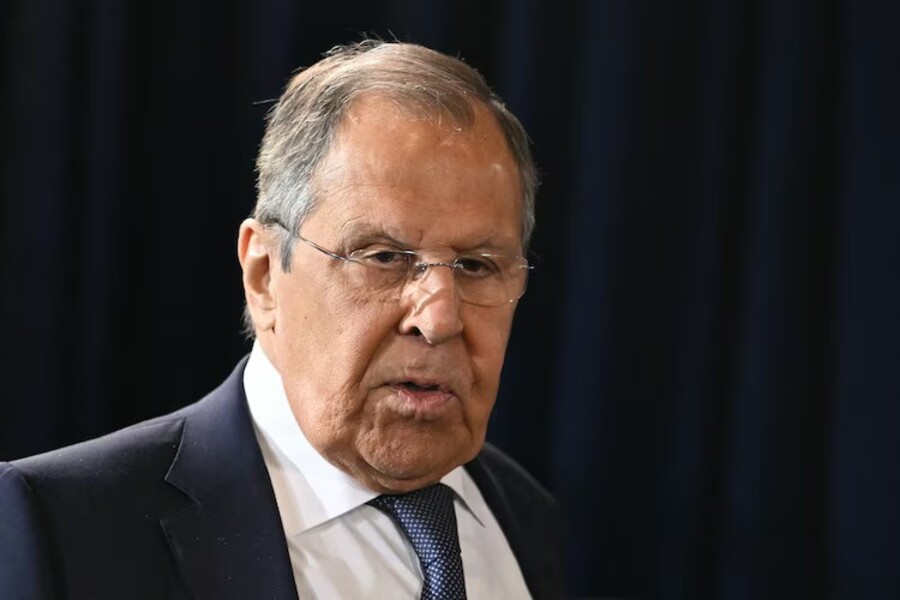Fresh off a rapid round of personal diplomacy, President Donald Trump says he is laying the groundwork for direct talks between Ukrainian President Volodymyr Zelenskyy and Russian President Vladimir Putin—potentially followed by a broader session that could include the White House. Trump struck an optimistic note after hosting Zelenskyy and European leaders on Monday, two days after his summit with Putin in Alaska. “I think President Putin will make peace. I think President Zelensky will make peace. We’ll see if they can get along,” he said, adding that he would help European partners shape security guarantees for Ukraine and had begun arranging a meeting between the two wartime leaders.
Moscow’s public messaging has been more cautious. The Kremlin has not confirmed that Putin will sit down with Zelenskyy, and Russian officials insist they must be directly involved in any discussion touching security guarantees. Russian Foreign Minister Sergey Lavrov said Russia is “ready for any format,” but warned that leader-level summits should be carefully prepared and ideally conclude negotiations, not launch them. He said Putin, in a phone call with Trump, proposed not only continuing talks with Ukraine but also raising the level of delegations—an indication Moscow wants more technical groundwork before any high-profile handshake.
The White House has shifted on format and sequencing, initially pushing a trilateral Trump-Putin-Zelenskyy meeting and then moving to the idea of bilateral talks between Kyiv and Moscow first. Press secretary Karoline Leavitt said direct Putin-Zelenskyy discussions would need to precede any possible trilateral gathering because of “areas of disagreement” only the two sides can address. She also said Putin had “promised” to meet Zelenskyy in the coming weeks, though Russian officials have not echoed that pledge. Asked about reported locations—including Budapest—Leavitt said details would come “as soon as we can,” and that any three-way meeting would occur only “if necessary” after a direct session between the two presidents.
In substance, security guarantees for Ukraine are emerging as the central bargaining chip. Trump has ruled out U.S. ground troops in any peacekeeping role but has floated possible U.S. air support for Kyiv and help coordinating European commitments. European leaders visiting Washington pressed for protections akin to NATO’s Article 5 mutual-defense obligations—without extending formal NATO membership, which Ukraine seeks and which Russia and Trump have opposed. Trump has directed his national security team to produce a framework of guarantees meant to underpin a durable cease-fire and eventual settlement.
Russia has rejected any discussion of European or U.S. guarantees developed without its participation, calling such a process a “road to nowhere.” “We cannot accept the proposal to address security and collective security issues without Russia’s involvement,” Lavrov said, adding that Moscow has not heard “constructive ideas” from European leaders since their White House meetings. He suggested Ukraine should pursue a forum involving all five permanent members of the U.N. Security Council—Russia, China, the United States, the United Kingdom, and France—an approach that would give Moscow a central role in shaping any enforcement mechanism.
The thorniest unresolved issue remains territory. At the White House, Trump said the parties would need to “discuss the possible exchanges of territory taking into consideration the current line of contact,” reviving his earlier, undefined talk of potential land “swaps.” It is unclear what Russia would offer in return for keeping parts of the Ukrainian territory it has seized since the full-scale invasion began in February 2022, during which Moscow has come to control roughly 20% of Ukraine’s land. NATO Secretary-General Mark Rutte said territory was not on the table in Monday’s discussions: “We have not discussed that today, because everybody is clear, including the president, that when it comes to territory, that is the Ukrainian president” to handle directly with Russia.
Zelenskyy has consistently opposed ceding sovereign land, noting that Ukraine’s constitution forbids it and emphasizing that decisions about territory belong solely to Kyiv. On the battlefield and in negotiations, Moscow’s priorities remain focused on the Donbas, including Donetsk, a region with significant mineral resources and long considered the industrial heart of Ukraine. Any proposal that freezes lines where they are—or trades land for guarantees—is likely to face legal, political, and public-opinion barriers in Kyiv, as well as pushback among Ukraine’s European supporters.
Trump has sought to keep options open while acknowledging political realities. In an interview on “Fox & Friends,” he said he believes “they’re all tired of it,” referring to the war, but conceded, “you never know,” adding, “We’re going to find out about President Putin in the next couple of weeks.” The White House is now racing to convert broad concepts—no U.S. boots on the ground, possible air support, European-led guarantees—into a concrete framework that could be tested in direct Kyiv-Moscow talks.
For readers asking what happens next, three markers will show whether this diplomatic track has traction: a firm date and venue for a Zelenskyy-Putin meeting; a detailed U.S.–European framework for security guarantees that addresses enforcement and Russia’s role; and any sign from Kyiv or Moscow of flexibility on issues short of territorial concessions—such as demilitarized zones, phased withdrawals, international monitoring, or sequencing that links sanctions relief to verified steps on the ground. Until those pieces lock into place, the peace push remains in a liminal phase—high on headline-level intent, low on the specifics that determine whether leaders meet to close a deal or to begin the next round of hard bargaining.


